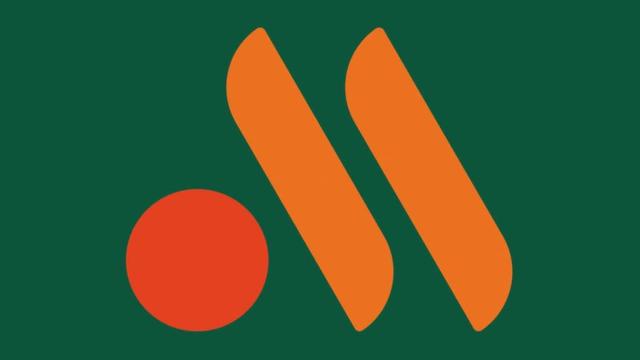The Russian fast food business that was once known as McDonald’s in the country has unveiled its new logo as it prepares to reopen its stores on Sunday.
The new branding features a circle and two lines that are said to represent a burger and two French fries.
Although a number of possibilities have apparently been evaluated, the firm has not yet revealed the name of the chain.
McDonald’s announced in May that it would leave Russia due to the conflict in Ukraine.
According to Russian state-run news agency TASS, which quoted Sistema PBO, the corporation that manages the business previously owned by McDonald’s, the Russian brand is set to reopen 15 restaurants this weekend.
“The exceptional quality of products and service that our guests have grown to anticipate is represented by the green backdrop of the emblem,” a Sistema PBO representative told TASS.
The new logo, according to social media users, still looks like an “M.”
Others speculated that the new logo was influenced by Bangladesh’s flag, which has a dark green backdrop and a red circle in tones similar to the current emblem.
Sistema PBO has submitted eight prospective names for the new chain to Rospatent, the Russian government body in charge of intellectual property, according to the newspaper Izvestia.
In March, less than two weeks after Russia invaded Ukraine, McDonald’s briefly ceased operations in the nation.
According to the report, Alexander Govor, who ran 25 McDonald’s restaurants in Siberia, would take over the company’s outlets.
McDonald’s announced it would keep its trademark in Russia under the terms of the deal. It also has a 15-year option to regain its restaurants.
McDonald’s had been operating in Russia for more than 30 years before announcing its departure.
The fast-food business opened its first Russian location in Moscow in January 1990.
Hundreds of people lined outside the first store in Pushkin Square, many of whom waited for hours for their first taste of the famous American burger.
As the Cold War drew to a close, it was seen as a turning point in the Soviet Union’s economic liberalisation.

















